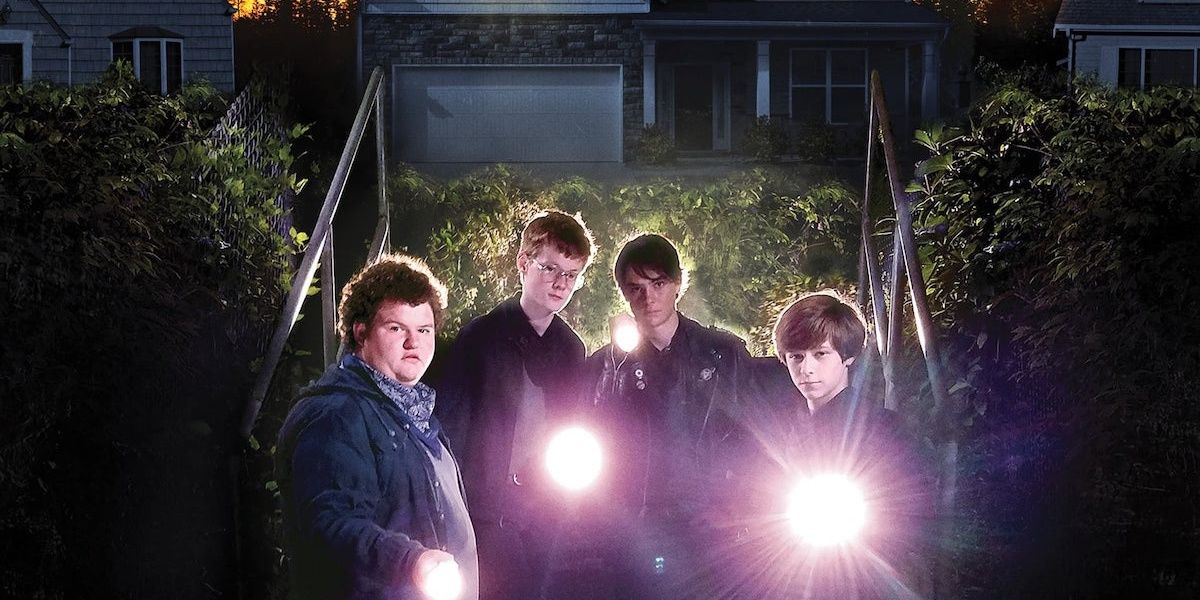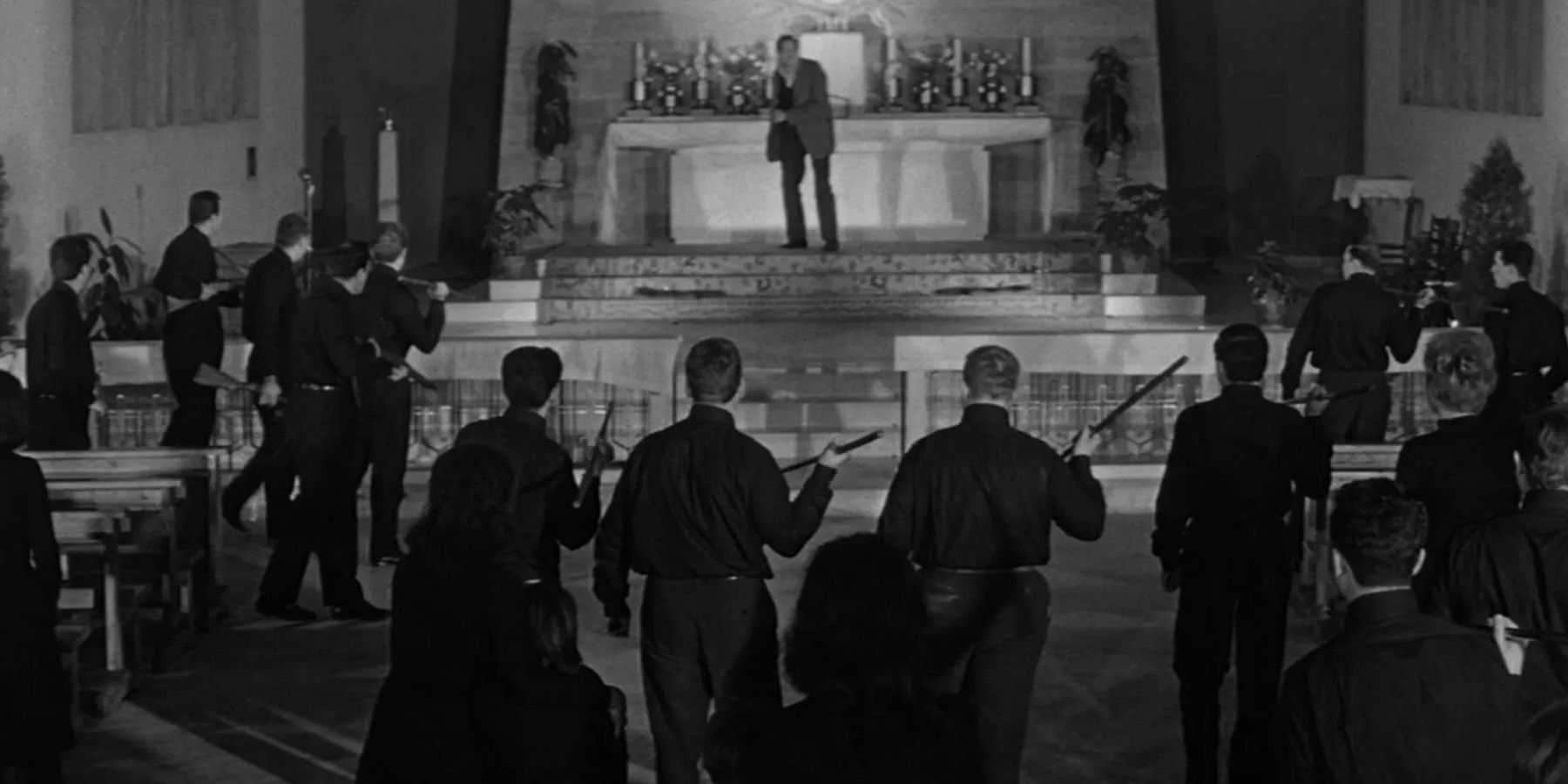A lot of horror media boils down to the same handful of central concepts. The deranged serial killer, the feral monster, the vengeful spirit, and so on. We're all afraid of the same basic things, but a change in setting can change the context. Suburban Gothic horror dares to ask whether the scariest things one could imagine might exist in an otherwise quiet neighborhood.
Statistically, most Americans would describe the area they live in as "suburban." This is a massive demographic change that has occurred over the last 80 years. Since it's now considered the default state for the majority of Americans, it's crucial that scary stories hit them where they live.
Horror used to focus on the scary outside world. Dracula was an aristocrat who lived in the mountains, where he could do his terrible deeds in quiet. The story starts with Johnathan Harker traveling to Dracula's castle to help him get a house in London. Bram Stoker brings up the nightmare of this scary rich foreign monster making his way to a more familiar shore. However, over the generations, the idea that something horrific was occurring right across the street became more appealing. Suburban Gothic is a subgenre of American Gothic, which brought the early 20th-century European horror subgenre closer to American society. Compare Dracula to Lovecraft's The Outsider, in which the abhuman monster who lives in a castle is more lonely than evil, and even he doesn't realize how horrific regular life is. Horror came back to the homestead, and as Americans shut themselves away in the suburbs, scary stories followed them.
Suburban Gothic began in earnest by bringing the vampires and ghosts that became popular abroad to the contemporary way of life. The go-to start of the phenomenon was Richard Matheson's 1954 novel I Am Legend. The story of Robert Neville begins in a fairly standard post-apocalyptic Los Angeles. Most of humanity has been claimed by a plague that transforms its victims into vampires. By the novel's ending, Neville discovers that a new society of conscious vampires has formed from the ashes of dead America. A new type of person developed under the nose of polite suburban society hollowed out their world and replaced them. It's a common fear among suburbanites, but it's packed with distasteful imagery. The works of Shirley Jackson and Vladimir Nabokov also built the genre throughout the 50s.
When Suburban Gothic hit the big screen, it moved away from ghosts and vampires and toward more realistic versions of horror. Rather than worrying about monsters in the house next door, most films in this genre depict unassuming people acting like monsters. The slasher film frequently takes place in a sleepy suburban environment that is flipped onto its head by the sudden arrival of a single violent force. John Carpenter's Halloween and the controversial resulting franchise takes place in the fictional small town of Haddonfield, Illinois. Depending on the timeline, serial murderer Michael Myers either stalked the town and murdered consistently over forty years or went on one spree in the 70s and returned forty years later. Beyond slashers, suburban horrors entered more controversial concepts with films like Todd Solondz's Happiness. That NC-17 film plays with the format of suburban family comedy and infuses much of the worst possible moral depravity into what looks like normal life. See American Beauty for a slightly less explicit take on much of the same material.
TV takes on Suburban Gothic primarily follow the procedural format of other popular television genres. The works of David Lynch, especially Twin Peaks, imagine a surreal and supernatural world underneath the typical suburban life. It's a detective show, but it's also a dreamlike journey into the impossible that creates a new reality hidden just behind the usual one. Only a couple of years later, Buffy the Vampire Slayer would introduce the "spooky cops" craze to the world. It's a simple monster of the week series that sees a group of friends working together to defeat classic horror foes. Most episodes take place at high school or the surrounding small town, bringing vampires, werewolves, zombies, and more back to the suburbs. Buffy inspired shows like Supernatural, Grimm, and even Lucifer.
The Suburban Gothic subgenre contains multitudes. It's as fun and pulpy as a high school student fist-fighting a vampire and as grim and miserable as a domestic family living with a nightmarish secret. Despite being so varied, the suburb as a setting means different things to different people. It's only the picture of safe domestic life for the types of people who have enough cash to afford it and the right skin color to be accepted. However, the symbolism of identical houses in neatly laid out rows has something inherently eerie about it. Taking the concepts of other horror genres and moving them to the suburbs has a unique impact that can be used to say just about anything.



.jpeg)